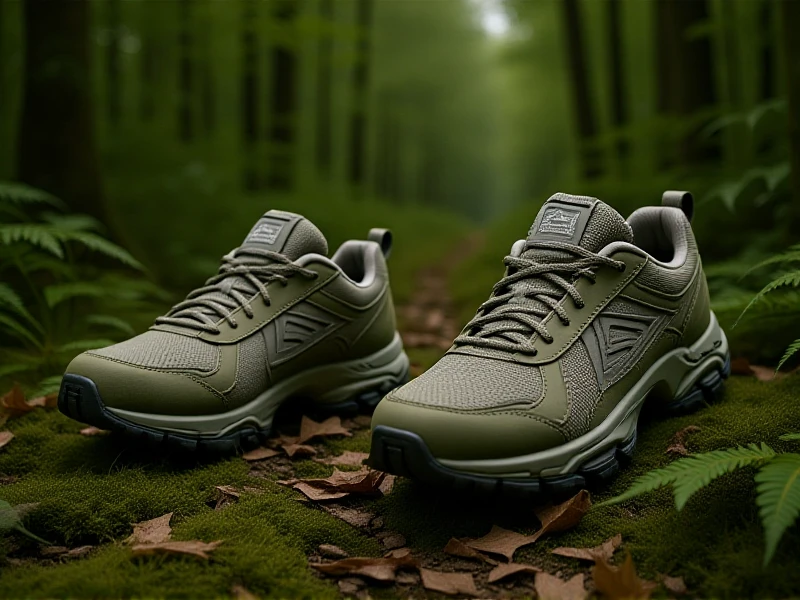Your Ultimate Guide to Finding the Best Outdoor Sports Shoes

Tired of sacrificing comfort or performance when tackling trails, rivers, or rocky paths? Finding the right outdoor sports shoes is crucial for unlocking true adventure freedom. This guide cuts through the noise, helping you select footwear designed to conquer unpredictable terrain while maximizing comfort and safety.
Beyond basic running sneakers, dedicated outdoor sports shoes are engineered for specific demands. Whether you’re hiking a steep incline, trail running, scrambling boulders, or navigating muddy paths, the right shoes provide essential grip and stability.
Why Specialized Outdoor Sports Shoes Matter:
- Unbeatable Traction: Aggressive, multi-directional lugs bite into loose dirt, mud, wet rock, and gravel, giving you confidence on sketchy descents. Say goodbye to slipping!
- Enhanced Stability & Support: Lower profiles, reinforced heels, and often wider platforms provide inherent stability on uneven ground, reducing fatigue and twist risks.
- Durable Protection: Rugged materials like ripstop nylon and abrasion-resistant synthetics shield your feet from rocks, roots, and debris. Reinforced toe bumpers are a lifesaver.
- Water Management: Many feature quick-drying linings and breathable yet water-resistant uppers. Some offer full waterproof membranes (like Gore-Tex®) for wet conditions, keeping feet drier longer.
- Adaptable Comfort: Strategic cushioning absorbs impacts without hindering ground feel. Supportive midsoles cradles feet during long miles over rough terrain.
Key Features to Look For:
- Tread Pattern: Deep, widely spaced lugs excel in soft mud; tighter, multidirectional lugs grip rock better.
- Midsole Cushioning: Balance softness for comfort with firmness for stability and rocky trail protection. Responsive cushioning aids runners.
- Upper Material & Construction: Breathable mesh for dry conditions; synthetic leather or waterproof membranes for wet/muddy adventures. Seek durable overlays.
- Fit & Ankle Support: Snug heel lock and secure midfoot are critical. For heavy loads or unstable ankles, consider mid-height options over low tops. Always size appropriately!
- Weight: Lighter shoes favor speed and agility (trail running); beefier builds prioritize protection and durability (backpacking).
Finding Your Perfect Pair: Start by honestly assessing your primary activities and the toughest terrain you face. Prioritize the features most critical to those scenarios. Trying shoes on late in the day (when feet are slightly swollen), wearing your intended hiking socks, is essential. Don’t underestimate the impact of proper footbed support either; consider quality aftermarket insoles if needed.
Ready to trade discomfort for trail bliss? Explore our curated selection of top-performing outdoor sports shoes designed for serious adventures. Ditch the wrong gear – your next epic journey awaits, one confident step at a time!